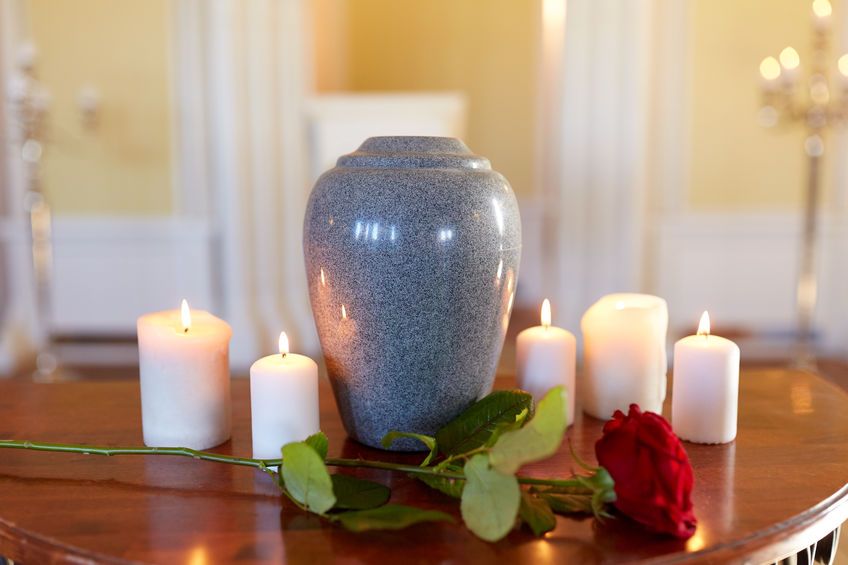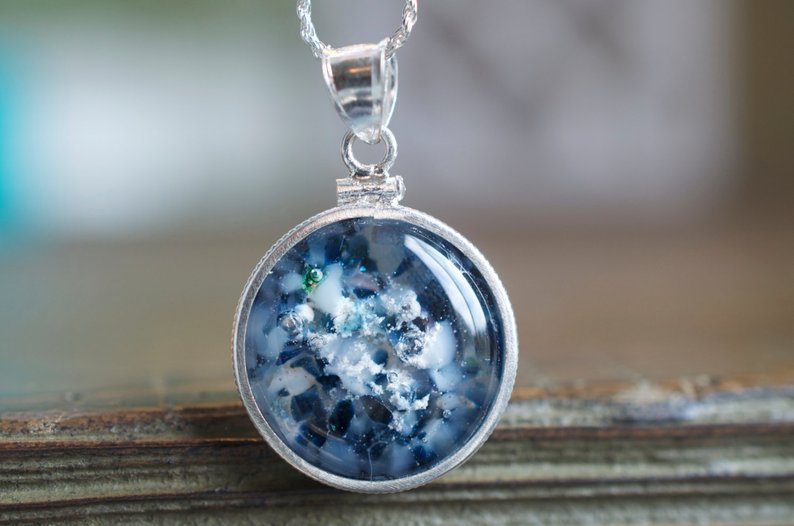For most of us, our ancestors and loved ones were buried in a cemetery. As burial space becomes increasingly more expensive, more people are choosing cremation. Sometimes cremains are buried in a cemetery plot or placed into a columbarium. Increasingly it is becoming more common to retain a loved one’s cremains.

For some that can mean keeping an urn of the cremation ashes. For others it is meaningful to incorporate the ashes into cremation jewelry or other mementos to share with more than one person. To get a sense of the various options, click here.
If burial at sea is desired, the US Environmental Protection Agency provides information on Clean Water Act requirements for burial of human remains and cremated remains. Click here.
In considering funeral services, a good place to start is the Federal Trade Commission’s consumer information on Shopping for Funeral Services. Click here for more information.
More and more clients are opting to make a whole body anatomical gift. This typically requires registration during the person’s lifetime. When my clients inform me that they have registered as an anatomical donor, this information is incorporated in their advance medical directive. With registration they are able to provide direction for the handling of their ashes and the state pays the cremation costs.
For anatomical donation information:
Virginia, click here.
Maryland – click here
or a local medical school.
If you have preferences for what you want to have happen after your death, be kind to those you love and put your directions in writing.


